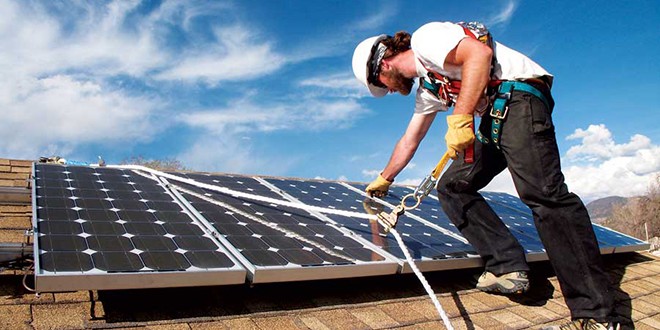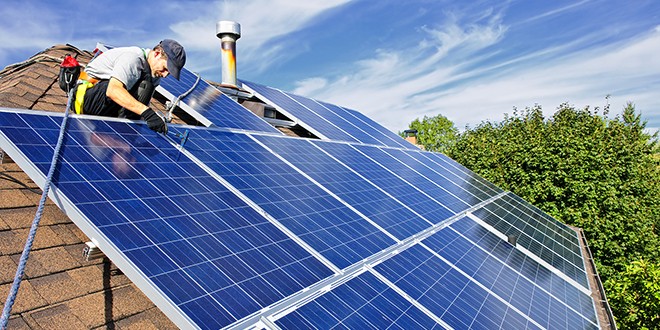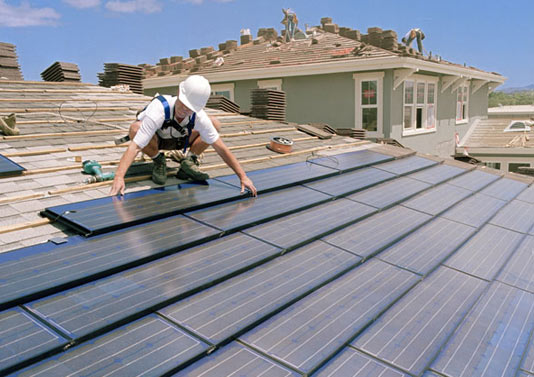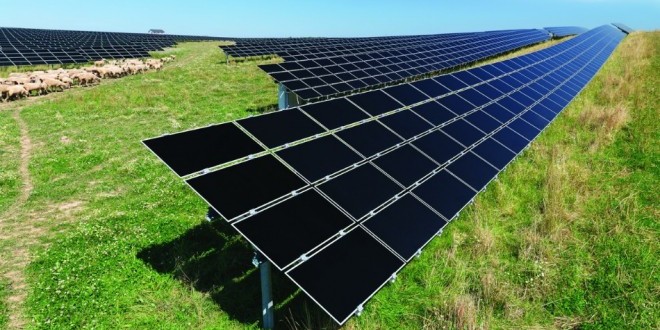A lot of people are investing in solar technology and before you make the investment you should know about the different types of solar panel options available to you.
There are many solar panels types in the market which can be a bit confused. How does a person distinguish BIPV panels from amorphous silicon panels? Below is a guide of the most common types of solar panels in the market and outlines the strengths, suitability and weaknesses.
1. Monocrystalline Silicon Solar Panels (The Most Efficient)

Monocrystalline panels are also referred as mono-silicon panels or single silicon panels. They are the best for efficiency because you do not need many panels to generate the same amount of electricity compared to other panel types. For people in areas where part of their roof is shaded and has a small surface area to work with, this is the best type of solar panel because it generates a lot of electricity for not needing too many panels.
2. Polycrystalline Silicon Panels (Less Expensive, Less Efficient)

Polycrystalline panels are also known as multicrystalline, multi-silicon or ribbon panels. They do not contain as much silicon as mono-silicon panels even though the name suggest that they have more silicon.
The main reason they are less efficient is because they do not have as much silicon as monocrystalline panels. Fortunately, the way they are designed can help improve efficiency. Polycrystalline panels are less expensive than monocrystalline solar panels but also less efficient.
3. BIPV – Building-Integrated Photovoltaics (The Most Expensive but Best Looking)

BIPV panels are the most expensive solar panels in the market but are considered by many to be the best looking. You may have heard BIPV panels be called solar shingles or solar tiles. For homeowners who are concerned with solar panels being an eyesore solar shingles could be the solution. Unfortunately, they are not as efficiency as many other solar panels. Solar shingles are designed to be part of the building rather than being added after construction. They are designed to look exactly like normal roof tiles and often times by-passers would not know you have solar panels are your roof. BIPV do not last as long as other panels.
If you are concerned with regular solar panels decreasing your home value due to the way they look, then solar shingles could be the solution. There is no definitive evidence in either direction as to whether or not solar panels help or hurt your home value. In general it probably averages out to not make a difference because some buyers are looking for solar power while others may not care much for it. So our advice is to base your solar decision on whether you believe in being more eco-friendly and if you want the added electrical savings on your monthly bill.
4. Thin Film Panels (Prepared to Cover Large Areas)

Thin film panel uses thin and lightweight layers of a photovoltaic material. They are not as expensive as most solar panels but they are not as efficient. Thin film panels are able to work well in hot weather but cannot be suggested for a household roof – they are too large. For efficiency, you will need to have many more of them to generate the same amount of electricity as with the previously mentioned solar panels. They are mainly used in huge projects, such as a 10MW plant found in the desert near Las Vegas.